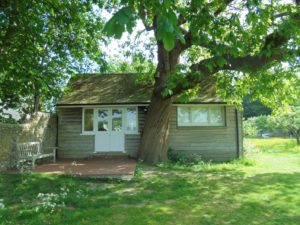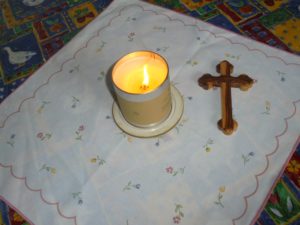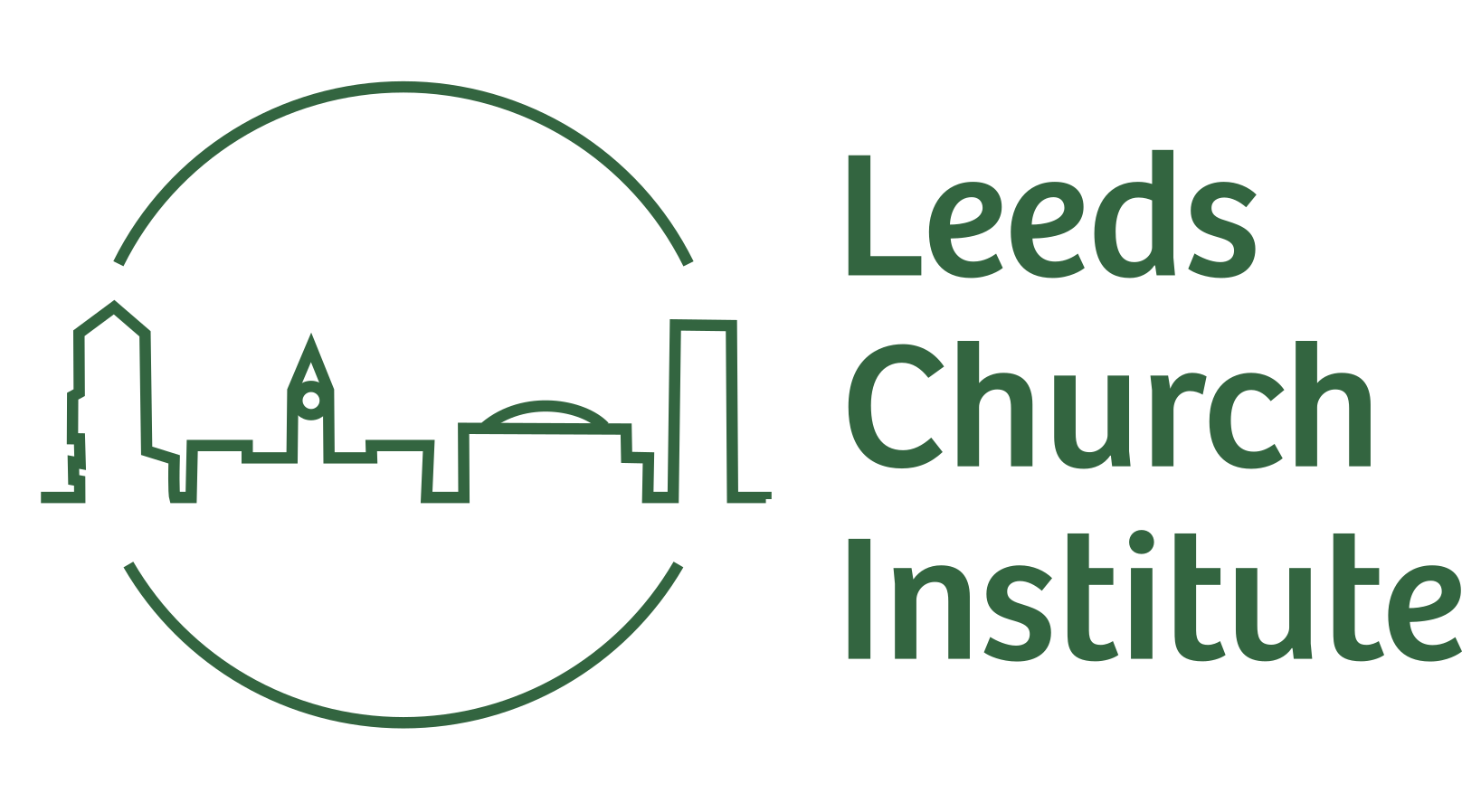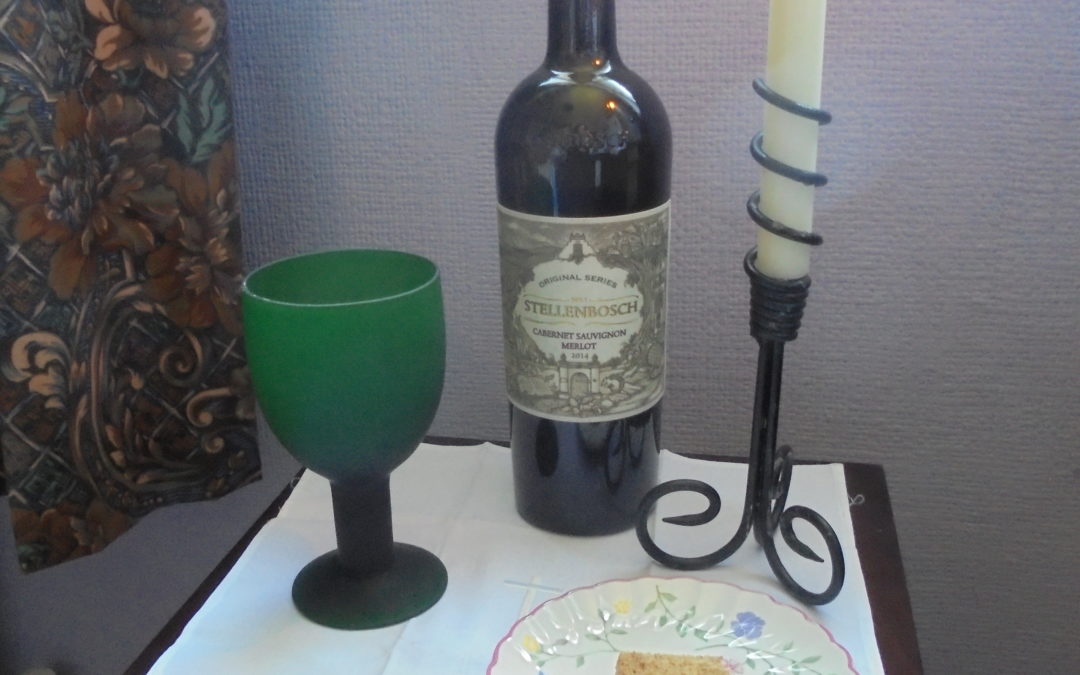Jane de Gay, Professor of English Literature at Leeds Trinity University and Associate Priest at St Martin Potternewton, has been giving thought to the question of how to maintain a sense of sacred space for worship during the lockdown.

Woolf writing lodge
In seeking historical precedents for worshipping at home, Jane considers the important contributions to the understanding of the home as a sacred space made during the long nineteenth century by members of the Clapham Sect and their descendants. The Clapham Sect was a group of middle-class families, including the Venns, Wilberforces and Stephens, who generated religious revivals within England and missionary movements abroad, and whose philanthropic successes included the abolition of slavery.
Here’s an extract of Jane’s article which can be read in full here
The unprecedented closure of churches during the COVID-19 pandemic, for a period that even included Easter, has provoked much questioning as to where it is appropriate to do church. Whilst the Catholic Church has allowed its priests to celebrate and livestream the Mass from empty churches, the Anglican Archbishops instructed clergy not to pray or worship in church, in order to ‘take a lead in showing our communities how we must behave in order to slow down the spread of the coronavirus.’ Clergy are encouraged to livestream services from their homes instead. This has led to anxieties about how to pray ‘when I don’t have a Victorian building around me’, as one clergy colleague put it; more deeply, it begs the question of how to preserve a sense of the sacred when conducting church services from home. ‘Sacred’ means both ‘reserved for a particular purpose’ and ‘set apart and holy’. These terms suit church buildings that have been constructed and consecrated for the purpose of worship, but less so the home, a space constructed for the messy and seemingly unhallowed functions of sleeping, bathing, cleaning, cooking, and the procreation and raising of children. Viral images from around the world of dogs, children and phone-calls interrupting live-streamed services add to the impression that home is not a place for serious worship.
These questions have challenged me personally. As a priest working full-time as a university professor, I am used to a prayer-life lived mainly outside of the church building, but I was concerned about how, or indeed whether, to celebrate communion at home without a church building, a congregation, vestments or a communion set. And I was mindful of how some people feel cut off from the sacred by not being able to attend church.
 As the church looks to continue to worship through lockdown and beyond, people are seeking historical precedents for worshipping at home. Some have seen the early church as a precedent for our current situation, for they met secretly in houses due to persecution; something that has remained the case for Christians at different times and places to this very day. Yet today’s worshippers are even more dispersed, for it is impossible to congregate in one home. So, how can small households or individuals praying in their own homes retain an access to the sacred?
As the church looks to continue to worship through lockdown and beyond, people are seeking historical precedents for worshipping at home. Some have seen the early church as a precedent for our current situation, for they met secretly in houses due to persecution; something that has remained the case for Christians at different times and places to this very day. Yet today’s worshippers are even more dispersed, for it is impossible to congregate in one home. So, how can small households or individuals praying in their own homes retain an access to the sacred?
Here’s an extract of Jane’s article which can be read in full here


LCI’s Bursary recipients are also thinking about the home as sacred space and perhaps sacred space as home in their “House of Questions” https://lcileeds.org/2020bursary/